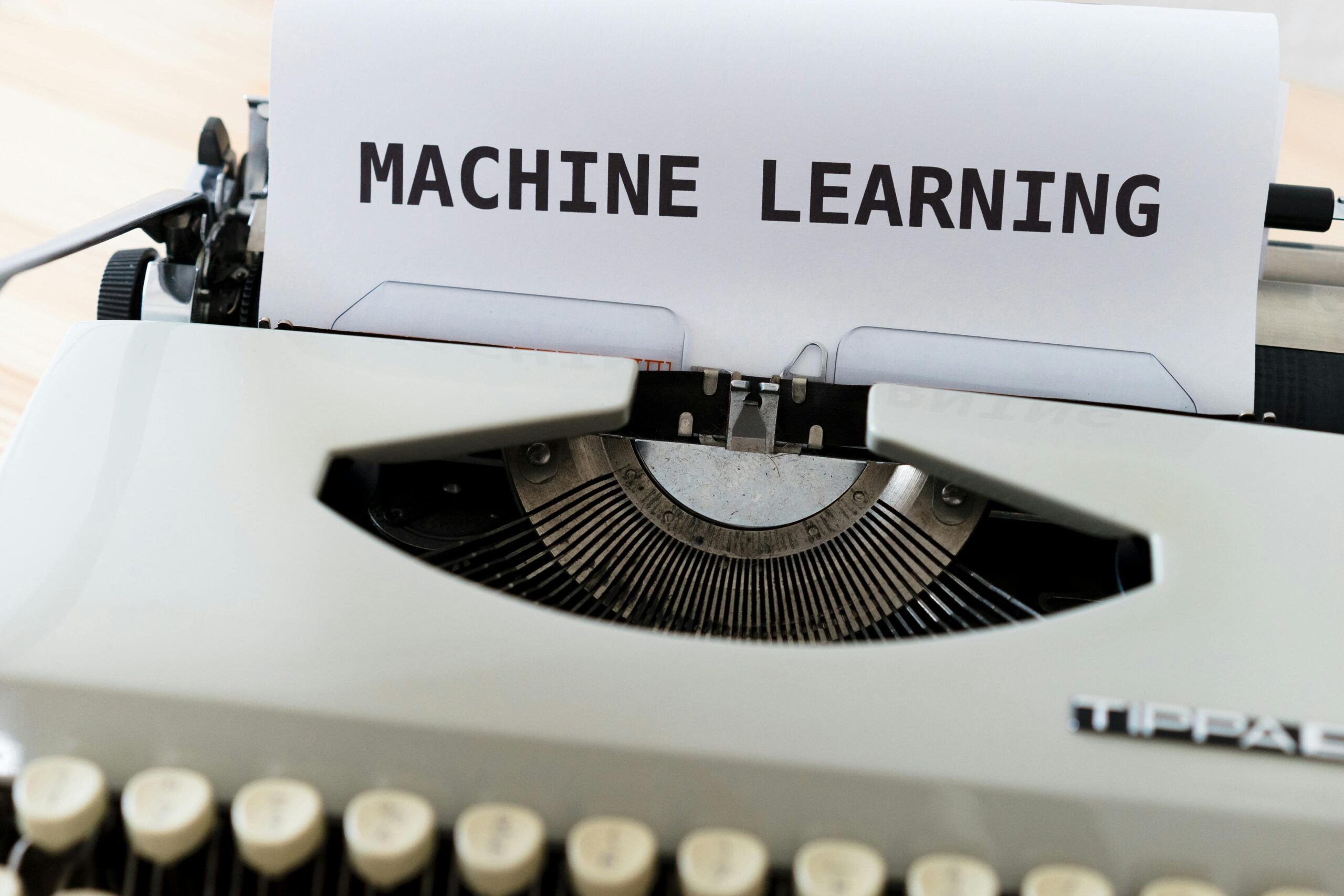Introduction
Machine intelligence is the new kid on the block, revolutionizing business and daily routines. The essential characteristics of machine learning are creating algorithms and models, training computers to learn from the data, making predictions, and making decisions – not by explicitly programming the computers. These features differentiate machine learning from the classical programming style, making the system faster, more efficient, and more intelligent. Click here
The Fundamentals of Machine Learning
Machine learning means that machines are trained to learn from the data by themselves and can make forecasts and decisions guided by the algorithm based on the information available in that data. It refers to the most significant advances, such as machines’ ability to develop desktops and intelligence skills attributed to humans. Machine learning’s main operation is setting up algorithms for the labeled datasets to recognize the patterns and accurately make excellent forecasts.
Choosing the Right Machine Learning Algorithm
The project’s most important aspects should be considered when choosing the most appropriate machine learning algorithm for a particular problem. Whether the data occur in a structured, unstructured, or multidimensional form, it possesses these nature and characteristics. Such is the pivotal information that helps to attribute the correct algorithm to the best results precision. Though the models share some elements and the final results are not the same, everything has been different. Therefore, the modeling must be done correctly. Which algorithm to choose is complex, as it is complex.
Data Preprocessing and Feature Engineering
Being a machine learning pipeline includes preparing data (data preprocessing) and extracting features (feature engineering). These steps are significant ones that the model makes or breaks depending on them. Raw datasets are processed by cleaning, fixing, and transforming functions for their representativeness and applicability in model training. Feature engineering means naming or creating features that have more regarding their foresee value, thus giving more predictability because of their high value as they carry greater predictive power.
Model Training and Evaluation Techniques
When working with model training and evaluation in machine learning, a specific technique is usually applied: cross-validation. The data is divided randomly into several groups, then used to train different models called each p of the subsets and combined to evaluate the groups over the diverse subsets. Cross-validations are used to check that the model does not have faults and thus can foresee unseen data points correctly. Machine Learning

Fine-tuning and Optimizing Models
The procedure of machine learning models fine-tuning and optimization is designed as engine performance of fine-tuning in a high-performance car. Similarly, when minor adjustments profoundly affect the race car’s performance, model optimization is done through parameters and hyperparameter tuning, which improves the model’s accuracy and performance accordingly. It is an uncommonly sensed process that involves a lot of time and experience but also improves the model’s accuracy. Click now
Deploying and Scaling Machine Learning Models
Launching and improving the machines’ performance will not be effective if numerous points of concern are not highlighted to cope with the best results. The other fundamental objective is that you have to choose what type of deployment is the most appropriate. Machine learning can be delivered via cloud services, containers, or devices, depending on the location. Besides, you shall face additional expenses, more than simple work, and inevitable maintenance.
Conclusion
Machine learning is a complex road since it involves much time and pain to find the possible strategy and learn a new stage. Hence, ambient learning of this area’s latest technologies and methodologies is pivotal to enhancing the artificial intelligence profession and bringing leading changes in AI. Training and practical application of the toolkits together with applying them to complex problem solving will give you the abilities of machine learning toolkit mastering. Integrating the logical structure of the ML (machine learning) algorithm in your projects will help you master the subject and refine the models during the time. Machine Learning
FAQs
What exactly is machine learning?
Machine learning (ML) is like giving computers the power to learn from experience. Imagine a computer that analyzes millions of cat pictures and learns to recognize cats in new photos. That’s the core idea – using data to train algorithms to make predictions or decisions without explicit programming.
What is machine learning, for example?
Machine learning is the ability of a computer to learn from the data it is given without programming it to behave in a particular manner. Just envisage a music stream service that sources songs you would like to listen to based on what you have already listened to or an e-mail spam filter that learns as it processes each message and spots unwanted ones better.
What are the four basics of machine learning?
- Data: The fuel! Machine learning lives on significant volumes of data. The bigger, the better, is what it says.
- Algorithms: The recipe! These are the features of a machine learning algorithm that determine how the computer learns from the data.
- Models: The student! These computer programs learn from given data using algorithms; thus, they generate predictions or decisions.
- Evaluation: The test! We constantly view how the models perform to guarantee their learning is on point.
What is machine learning in basic terms?
Machine learning is simply teaching computers to learn without being programmed. Picture holding a computer with millions of samples of cat pictures. Let this computer identify cats in the new photo without telling it what a cat looks like.
Why do we need ML?
The need for ML could be traced back to alleviating ourselves from those rigorous and tiresome programming procedures. ML is used to look for hidden patterns among big datasets, and then it offers helpful evidence-based predictions for us, consequently leading to improved lives. ML is taking intelligence to new levels, from reconsidering to making recommendations and interventions.
For more Articles, Click here.




